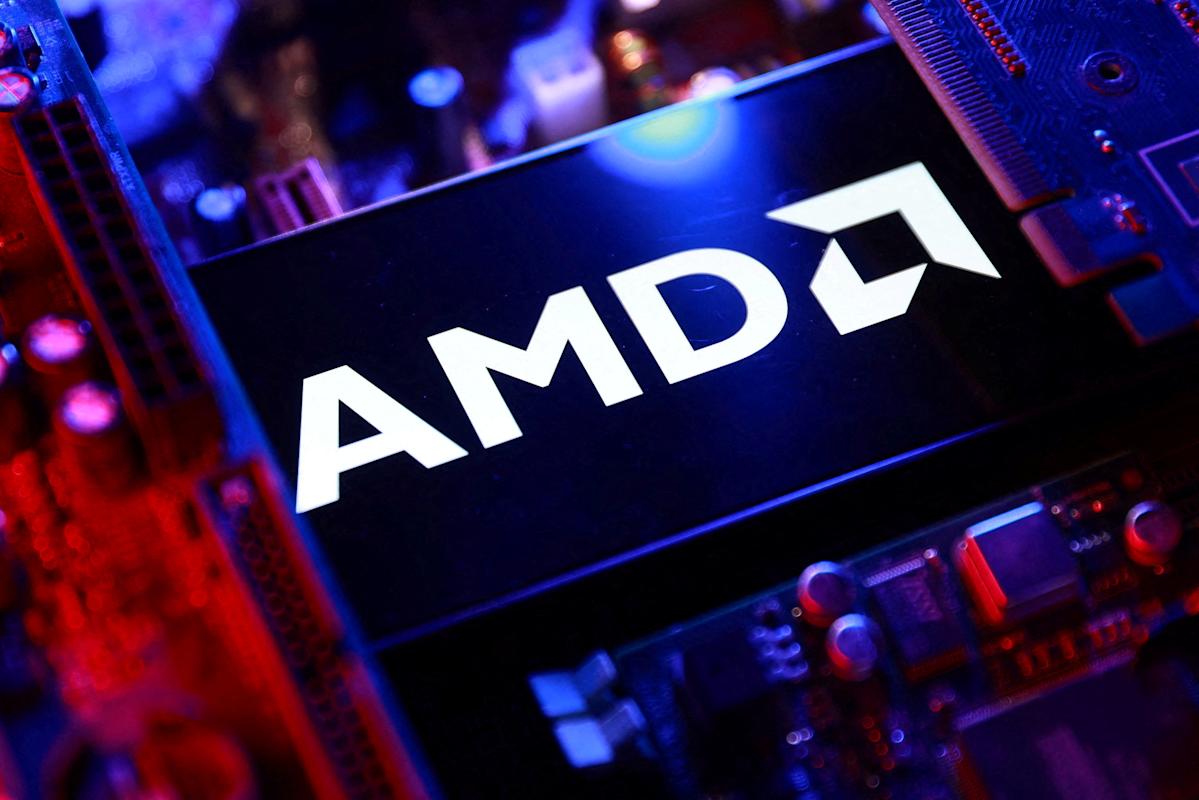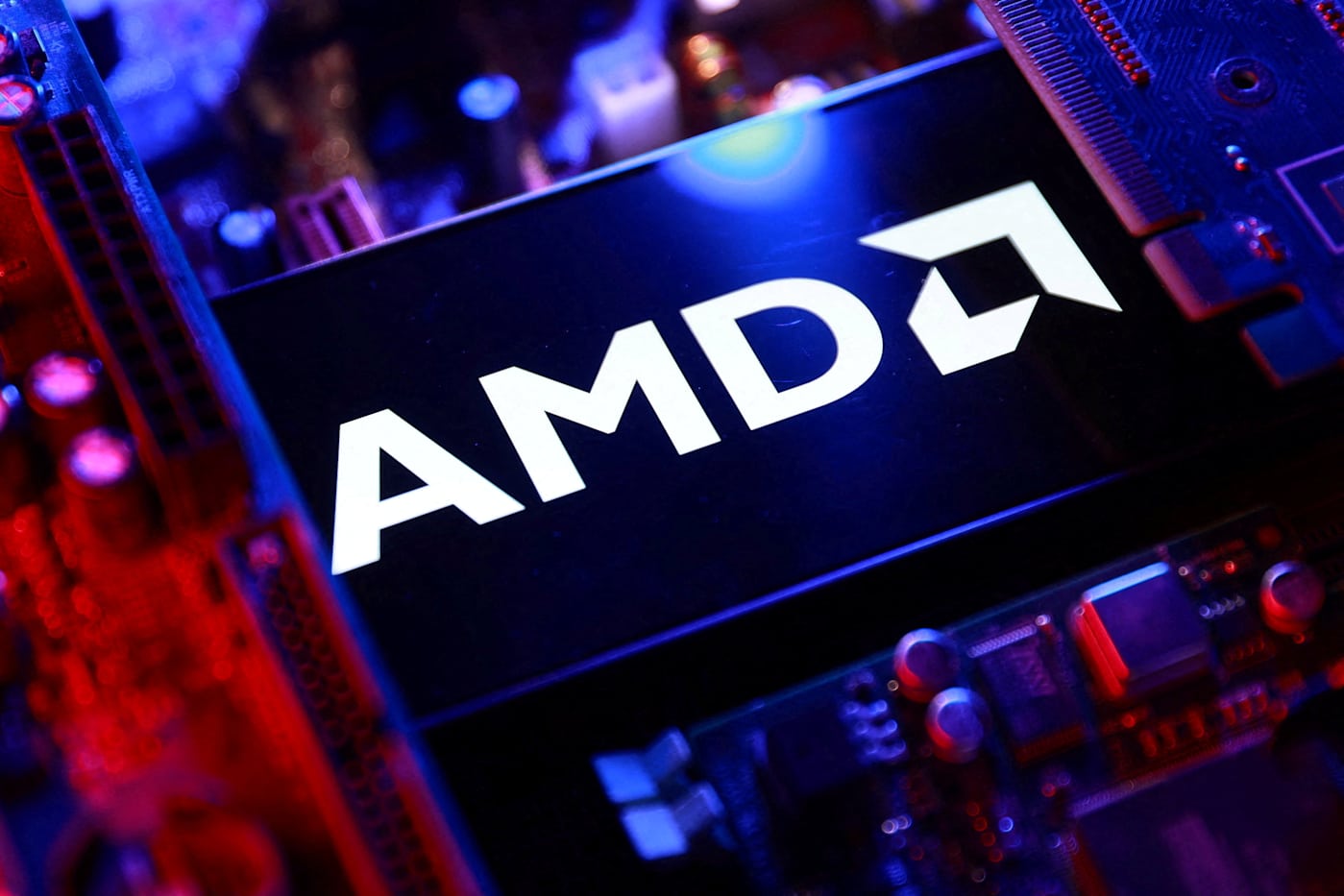Key Points
- AMD partners with the U.S. Department of Energy to build sovereign AI supercomputers at Oak Ridge.
- Two systems, Lux and Discovery, will use AMD Instinct GPUs, EPYC CPUs, and advanced networking.
- Lux, powered by MI355X GPUs, targets deployment in 2026 as the first U.S. AI Factory supercomputer.
- Discovery will feature next‑gen “Venice” EPYC CPUs and MI430X GPUs, slated for 2029.
- A $1 billion public‑private investment backs the projects.
- Hewlett Packard Enterprises will construct the hardware platforms.
- The supercomputers aim to accelerate research in energy, medicine, health, and national security.
- DOE expects the systems to give the United States an early advantage in AI‑driven scientific innovation.

Collaboration Overview
AMD is working with the U.S. Department of Energy (DOE) to build sovereign artificial‑intelligence (AI) supercomputers at Oak Ridge National Laboratory, the agency’s flagship research campus. The partnership is supported by a $1 billion investment that combines public and private funding. The effort aligns with the DOE’s strategy to create AI infrastructure that the United States can control and operate independently, enhancing capabilities across energy, medicine, health, and national security.
Lux Supercomputer
The first system, named Lux, will be powered by AMD Instinct MI355X GPUs, AMD EPYC CPUs and AMD Pensando advanced networking technologies. Hewlett Packard Enterprises will build the hardware platform. Lux is expected to be deployed sometime in 2026, making it the nation’s first “AI Factory” supercomputer. According to DOE officials, Lux will address immediate AI needs and provide the United States with an early and decisive advantage in applying AI to accelerate scientific innovation.
Discovery Supercomputer
The second system, called Discovery, will also be built by Hewlett Packard Enterprises and will feature next‑generation AMD EPYC CPUs codenamed “Venice” along with AMD Instinct MI430X GPUs, part of the new MI400 Series accelerator line designed specifically for sovereign AI and high‑performance computing. Discovery is planned to become operational in 2029. DOE leaders anticipate that the system will drive scientific breakthroughs farther and faster than ever before, with potential impacts on nuclear energy safety, cost reduction, and broader security research.
Strategic Implications
Both Lux and Discovery are positioned to become the DOE’s flagship AI supercomputers, supporting a wide range of research initiatives. By leveraging AMD’s compute and networking solutions, the United States aims to secure a technological edge in AI‑driven discovery, ensuring that critical scientific and security work can be performed on domestically controlled infrastructure. The collaboration reflects a broader national effort to strengthen AI sovereignty and maintain leadership in high‑performance computing.
Source: engadget.com
